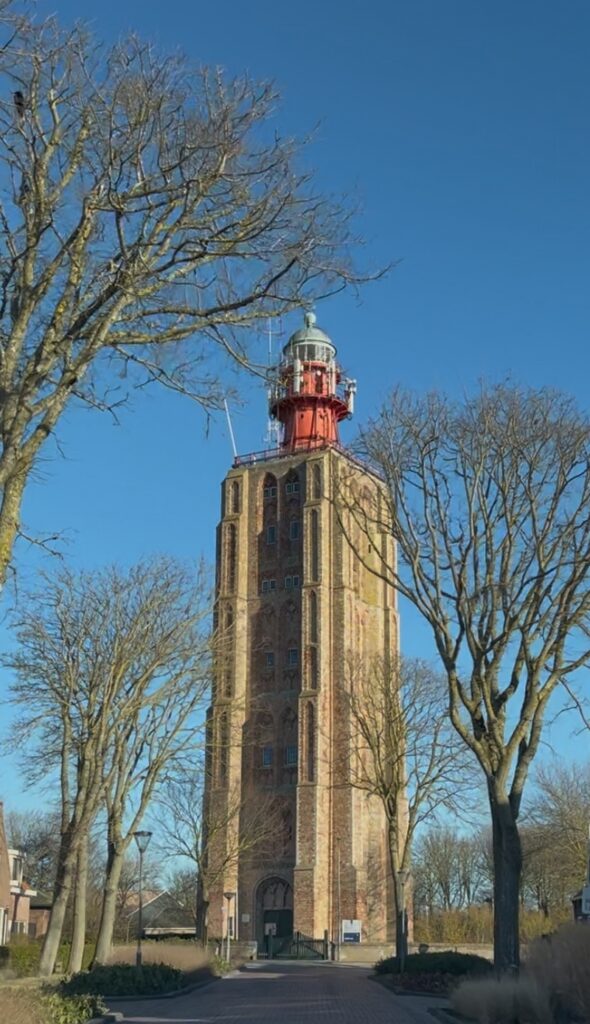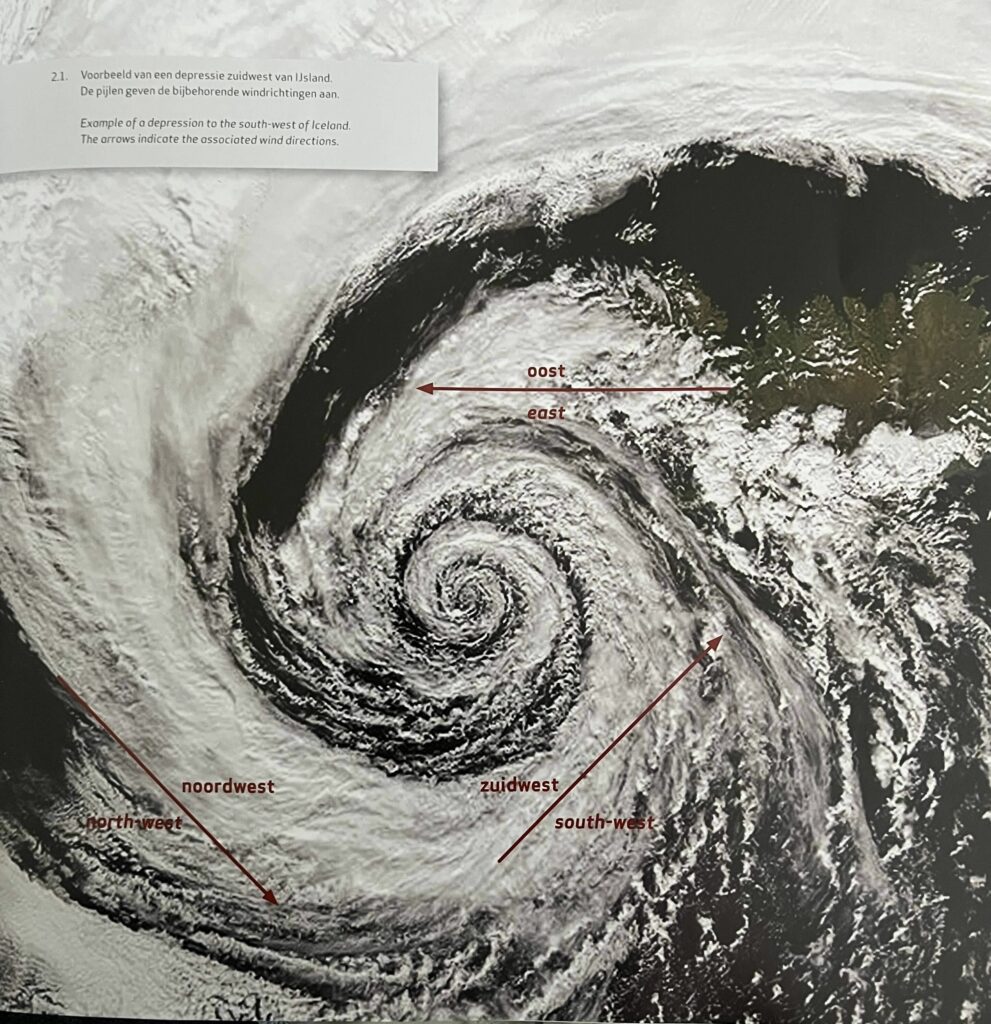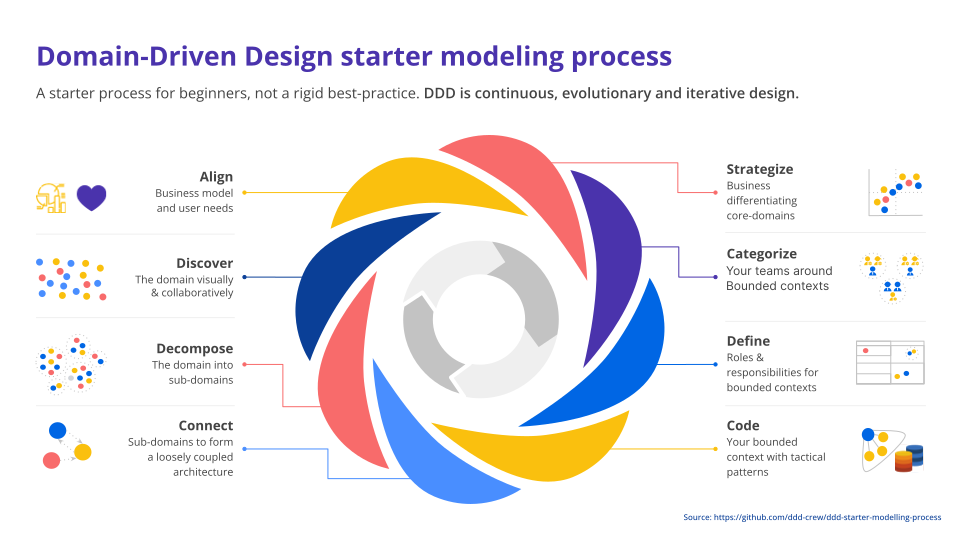I’ve just published a new repo, a side project where I’m experimenting with Event Sourcing, CQRS, and the Ecotone framework in a Symfony 7 environment.
This is a personal learning project, not something production-ready. The goal is to better understand how to design event-driven systems in PHP using real-world structures like aggregates, value objects, and projections. As a playground, I’m building a turn-based strategy game (inspired by Civilization) -just enough to have a meaningful domain to model.
Right now, the repo includes:
- Symfony 7.3 backend with Ecotone (commands, events, projections),
- Early frontend setup using Vite, Symfony UX and PixiJS for rendering a hex map,
- A bunch of evolving domain logic for turns, players, and cities.
Again – this is an experimental setup for learning, so expect the code to change frequently. But if you’re also exploring Ecotone or curious how event sourcing might work in a Symfony project, feel free to check it out, leave feedback, or just follow along.
github.com/ernestwisniewski/symfony-of-ages


